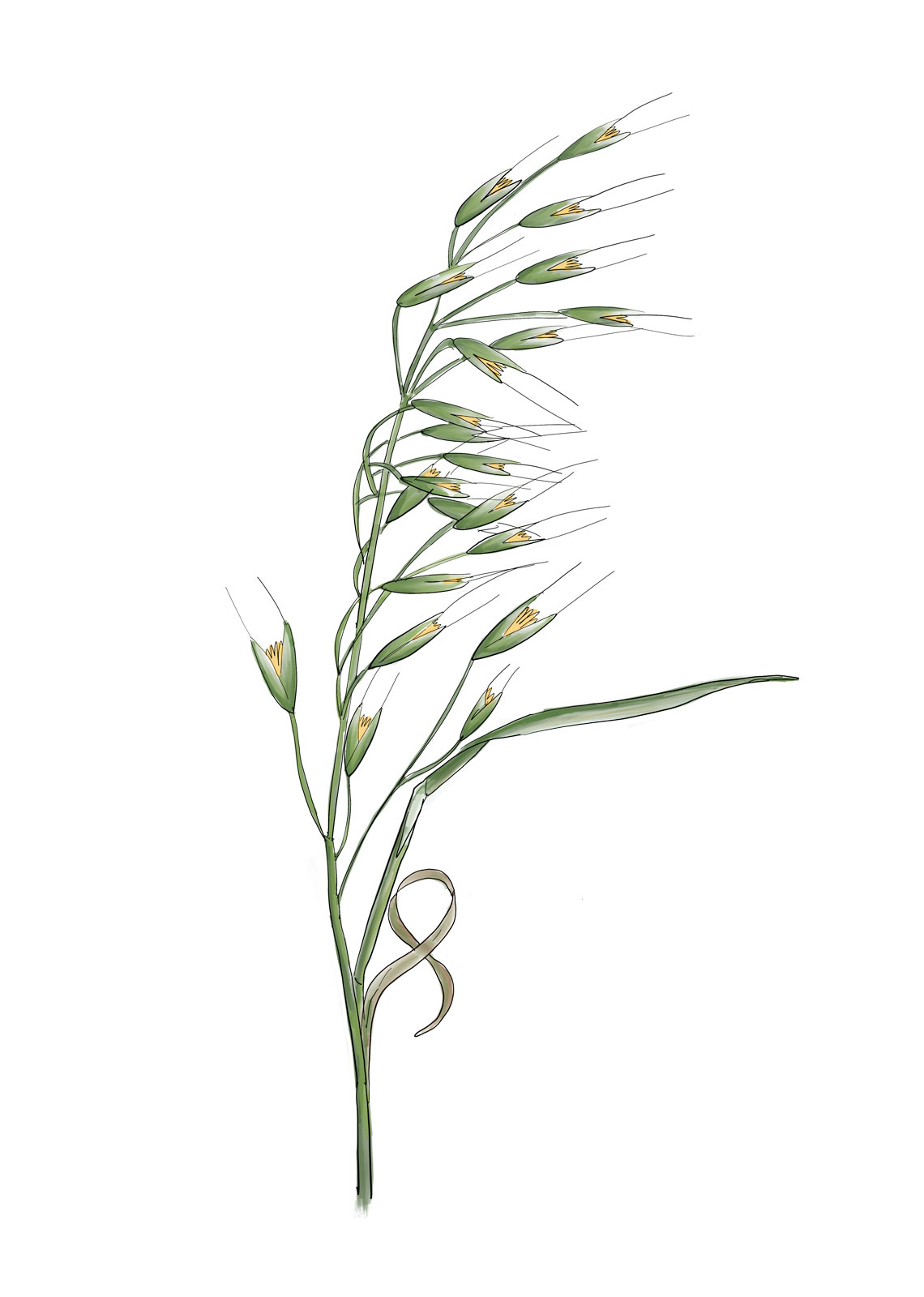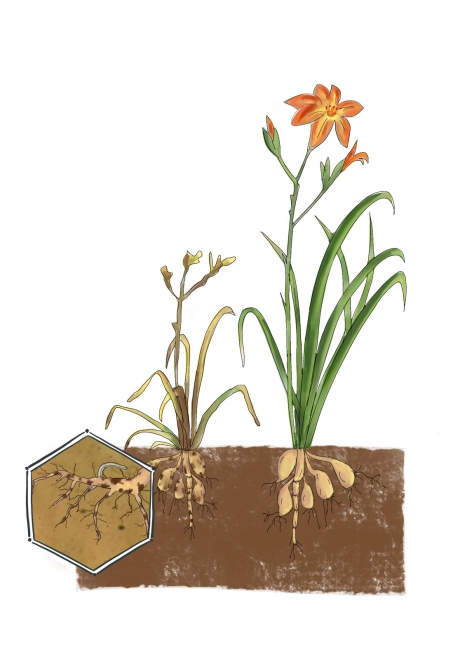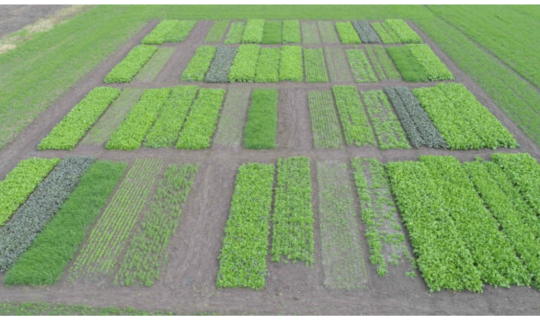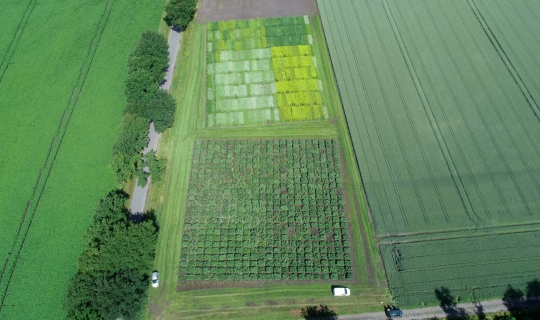
Black oats
(Avena strigosa)
Black oats is a type of cereal that is used especially for the control of root lesion nematodes (Pratylenchus penetrans).
Black oats are resistant to Meloidogyne hapla. The crop provides quick ground cover and can produce a large amount of dry matter in a short time.
In addition to Black oats, tagetes patula are also suitable for combating Pratylenchus. In contrast to tagetes - which must be sown early for optimal effect - Black oats are, however, suitable as a successive crop.
Black oats are more sensitive to frost than most other grains. With the first frosts, it will continue to grow, but the crop will not survive a severe winter. The advantage of this is that the crop does not have to be sprayed to kill it off.
Information about Japanese oats
Cultivation advice
Sowing time:
:
July - September
Seed quantity:
:
60 - 90 kg per hectare
Sowing depth:
:
1 - 2 cm
Fertilization:
:
40 - 60 kg N per hectare
Japanese oats varieties
To be used during the harvest and sowing plan of:
Potatoes
Sugar beet
Wheat
Onions
Carrot
Cabbage
Salsify
Spinach
Flower bulbs








